In my last post, I threw down a gauntlet. I listed what I call the Big Five – outcomes we risk when encountering a patient's unexpected negative outcome and/or professional litigation. These are the outcomes I aspire for us to learn to minimize and surpass. I spend time coaching and speaking on these subjects precisely to help physicians avert these outcomes for themselves.
Today I want to dive a little deeper into what the Big Five look like in everyday practice.
First, let me say that I realize that this deeper dive is not especially fun. That doesn't mean it isn't worth our time, though.
Second, I would not claim that these are the only hazards we encounter in association with negative patient outcomes or litigation. I just find them prevalent. Nor are adverse patient events and litigation the only causes of these outcomes. Those are just particularly risky precursors.
What I can say with certainty is that the connections here are very real for many physicians and other healers. Until and unless we learn how to recognize the Big Five in ourselves and each other, it will continue to be nearly impossible to fully recover from them.
Conversely, once we learn to understand these patterns, we unearth the potential to go beyond recovering. We find the potential to grow and to thrive.
The Five Biggest Risks We Face
1. Premature Limitation of the Scope of One's Practice
Imagine a talented surgeon – someone who really loves the OR – running into a terrible outcome here and there. One year, an unforeseen, but devastating, complication. A year or two later, a code on the operating table.
Little by little, events eat away at the flow this person once found in the OR, and steadily, the surgeon narrows his or her practice to simpler and simpler procedures in a conscious or unconscious attempt to control life's unpredictability.
Mind you, these cases in no way tap into the complexity and accompanying satisfaction this individual once deeply enjoyed. Eventually, the surgeon exits the operative suite entirely, carving out a niche exclusively in administration.
Stories like this abound, and not just among surgeons. They represent a real loss on so many fronts:
The loss of years of pleasure and a sense of deep personal competence and contribution for the surgeon or other practitioner.
The communal loss of that person's gifts at the bedside and at the operating table.
The loss to patients and colleagues of a mentor with years of accumulated clinical experience, someone who ideally would just now be at the top of his or her game.
2. Early Retirement
It is easy to see where this path holds an appeal. Did you know that, according to a major study published in the NEJM, twenty percent of neurosurgeons are named as defendants every year? Twenty percent!
In other words, a neurosurgeon will be served suit, on average, once every five years. I find it exhausting just to think about it.
Many other specialties, and not all of them surgical, follow close behind. Over time, for a physician who cares about the quality of the care they provide, that stress adds up. And, for one who happens to practice in a highly remunerated specialty, the logical choice might be to sock away that income and break free of clinical practice ten or twenty years early.
I certainly don't criticize those who choose this road. In fact, I seriously contemplated it myself.
I worry, though, that this is a huge loss of return on a societal investment, and one which the community can hardly afford. When we consider the process of educating a physician, beginning with a kindergarten teacher and extending all the way through medical school, residency, perhaps fellowship, both the physician and society have made a huge investment with the hope of seeing a return in care-giving on the order of 30 or more years. If we lop off 10 or 20 years, we've lost a third or more of the hoped-for return on investment.
All of this is occurring, mind you, in the context of major physician shortages. The American Association of Medical Colleges has predicted that we will face a shortfall of 130,000 physicians by the year 2025. It would definitely be better if we were not dropping off like flies.
3. Burnout
The conversation about burnout in healers is everywhere right now, and rightly so.
Roughly 7,000 actively practicing physicians in the U.S. responded to a survey analyzed in 2015 by researchers at the Mayo Clinic. Among those physicians, a remarkable 54% clearly identified in themselves symptoms of burnout. And the epidemic is not limited to physicians. Nurses, psychologists, and many other varieties of healers are stretched to their limits.
Although we all probably have a gut feeling for what “burnout” is, I think its meaning is worth clarifying. For me, the term describes cynicism or emotional exhaustion combined with a loss of the sense of our work as meaningful. These feelings rob us of our compassion and provoke detachment from our patients and colleagues. We may even find ourselves disliking, disdaining, or avoiding the very people we came into this work to care for. Naturally, that makes our best work fundamentally impossible.
4. PTSD
Post-traumatic stress in healers can play out in any number of ways. Flashbacks, sweaty palms, or a racing heart may surface when we confront a situation which in some way, however random, reminds us of a prior clinical encounter which played out unexpectedly, portending danger to the patient, even if they did well in the end.
Nightmares may punctuate mostly fruitless attempts to sleep, or preoccupied thoughts may preclude sleep at all.
A colleague may get tense in a certain room or avoid a particular clinical scenario, even if they are in fact the one most skilled to manage it.
I recently spoke with a nurse who identified that something as simple as the sound of a certain alarm at the same wee hour of the morning brought memories of a heartbreaking event right to the surface for a whole team.
If we simply open our eyes and watch for these subtleties in our colleagues and ourselves, we may pick up on signals we had never noticed before, or perhaps just hadn't known how to understand. We might hear someone hedging or see reduced efficiency, and suddenly comprehend it in a whole new way.
Criticism and harsh judgment, regardless of who we direct them at, will do nothing to alleviate these very natural, often painful, human responses. In fact, they make matters worse. Compassion, especially towards ourselves, is really where the money lies.
5. Depression and Suicide
In 2015, right in the depths of my own trial, I stumbled quite by chance upon a TED talk by Pamela Wible. When she compared the deaths of approximately 400 physicians to the loss of an entire medical school every year, she awakened me for good to the reality of physician suicide.
In the midst of the most difficult experience I had ever endured, I was deeply struck. I immediately intuited that there must be connections at some level – perhaps at many levels – between unexpected patient outcomes, malpractice litigation, and at least some physician suicides. The thought was heart-breaking.
My work in an emergency setting reminds me regularly that any single death by suicide represents the tip of a great iceberg. I know that for every person who dies by suicide, many more attempt it, and even larger numbers are thinking about it. I assumed that physicians were no different in this regard, although I felt stunned by the thought of so much suffering in my colleagues.
The very next day, in an elevator headed for a long day in court, I broached the topic with two defense lawyers whom I had grown to deeply respect. In that elevator, my commitment to educate other physicians and healers around these tough experiences emerged, primarily in the hope that more communication and less isolation would prove helpful, at least to some.
Remarkably, within a few weeks, researchers at the Mayo Clinic published data addressing some of my very first questions
The Mayo article in no way directly identifies the number of physicians dying by suicide each year. Nevertheless, this survey of about 7,000 actively practicing physicians from across the country and across all specialties gives us a window into the larger suffering behind those deaths.
In this study, approximately 40% of physicians described symptoms suggestive of depression, and – are you ready for this? – roughly 7%, of actively practicing physicians revealed having had thoughts of ending their own lives in the preceding twelve months.
That's about one in fifteen. Actively practicing physicians.
While many people speculate that the rate of physician suicide is higher because doctors choose more lethal means, this data proves otherwise. The rate of nearly 7% cited above is nearly twice the rate reported by the general working population, just as the rate of physician suicide is nearly twice that of the general population. In other words, the tip of the iceberg is bigger for physicians because our entire iceberg is bigger to begin with.
It's time to address the iceberg.
I think it will benefit us to think of these outcomes as occupational risks, because those are something we have a communal commitment to managing.
With the advent of HIV, we invested enormous ingenuity, human hours, and financial resources in diminishing the rate of needlesticks, with great success. We may never completely eliminate needlesticks, but our efforts thus far have paid off tremendously in terms of our well-being.
Hard patient outcomes and the isolation accompanying malpractice litigation are similar. They endanger our lives, health, and livelihood no less than a needlestick. And despite all of our best efforts and the finest technology, we will likely never completely eliminate the unexpected outcome.
What we do have the power to do is to come together in conversation, and thereby have a giant impact on our own well-being. This is only the beginning. Join me again in two weeks, and we'll begin to explore the process of litigation.
If you are struggling with an unexpected adverse patient outcome or malpractice lawsuit, you may wish to explore the potential for Thrive: Insight Coaching to provide you with the support you need.
Seeking a public speaker for your next physician or nurse wellness and burnout prevention event? Read about my public speaking here.


